Eye problems
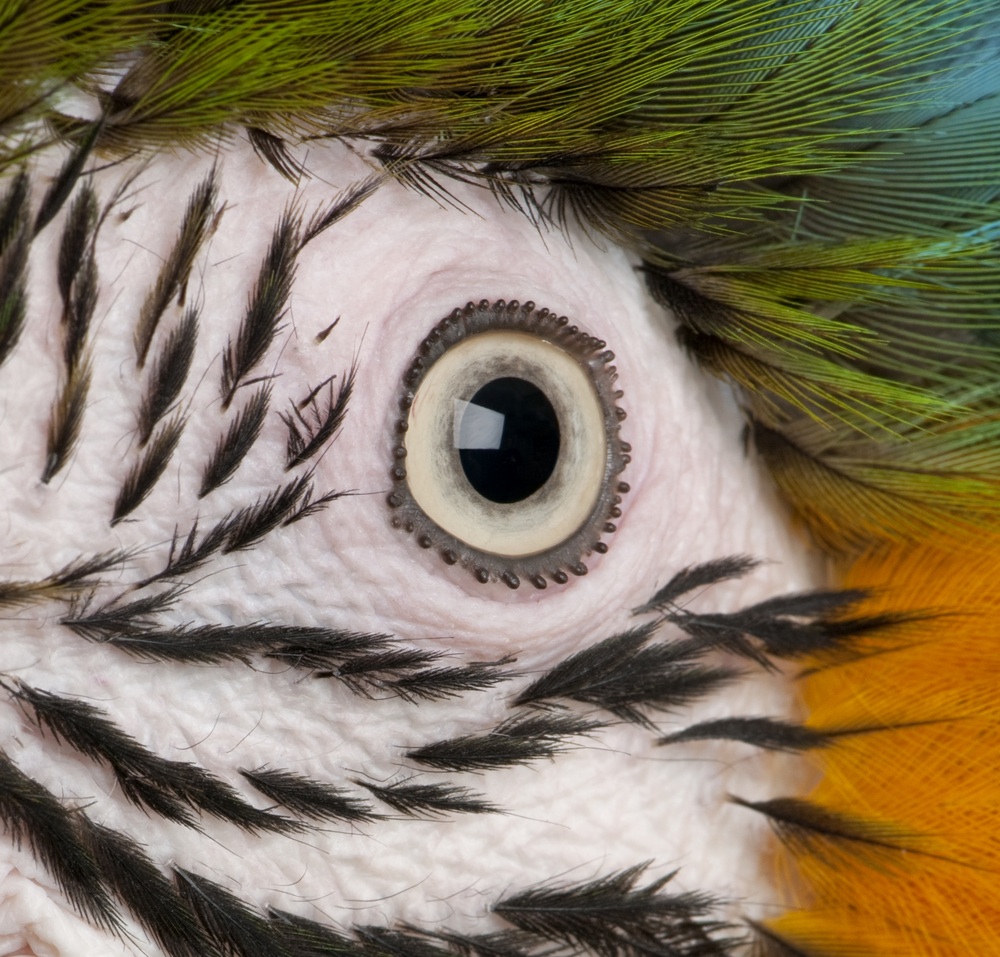
Ailments of this type can be the result of either a localised or indicative of more generalised illness. Sick birds often perch with both eyes closed, but there is often no sign of swelling, with the notable exception of a pox virus infection, whereas if only one eye is inflamed, the infection is probably localised.
In the case of generalised illness, there will almost certainly be other symptoms. These will vary, but may include enteritis which results in loose green, often blood-stained droppings.
An inflamed eye can actually be surprisingly hard to spot, because the bird will inevitably try to perch in such a way that it can still see you out of its good eye. The first indication of the problem may simply be that the bird is rubbing one side of its head on the perch more often than usual, trying to lessen the irritation linked with the affected eye.
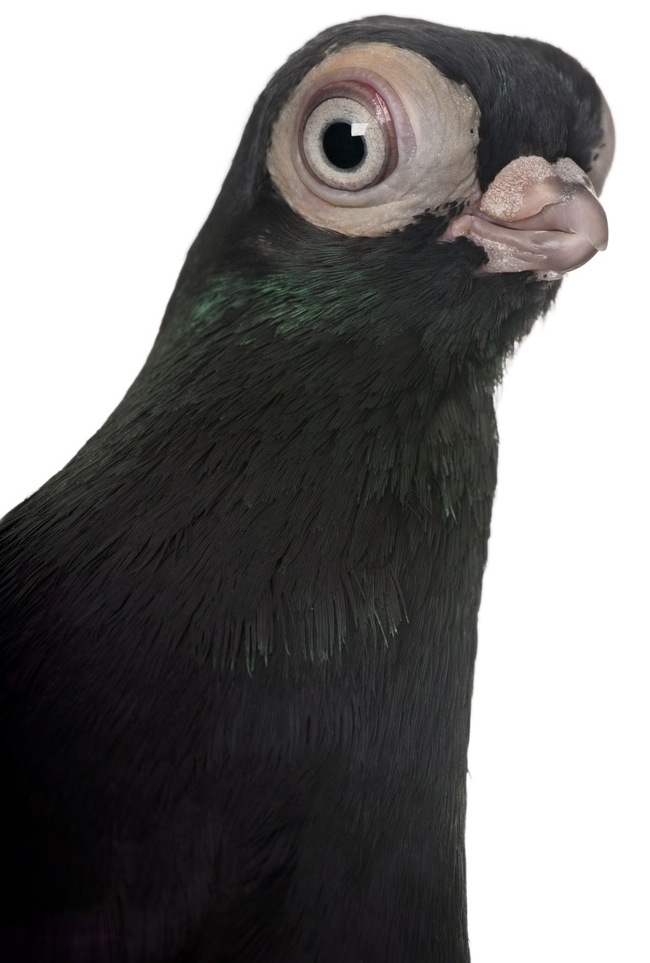
While a bird which is clearly sick must be removed from the aviary and provided with extra heat and appropriate medication, you can simply bring a bird with a minor eye ailment into the birdroom for treatment. Budgerigars tend to be more susceptible to this type of problem than canaries, possibly because they tend to wipe their heads on perches more frequently.
A nick with a claw while scratching can also result in inflammation of the peri-orbital skin surrounding the eye, causing swelling here. It is often said that red-eyed birds, such as lutinos, are more vulnerable to eye ailments, but this does not necessarily apply. Some fancy breeds of pigeon, with prominent eyes can be at greater risk though.
Housing risks
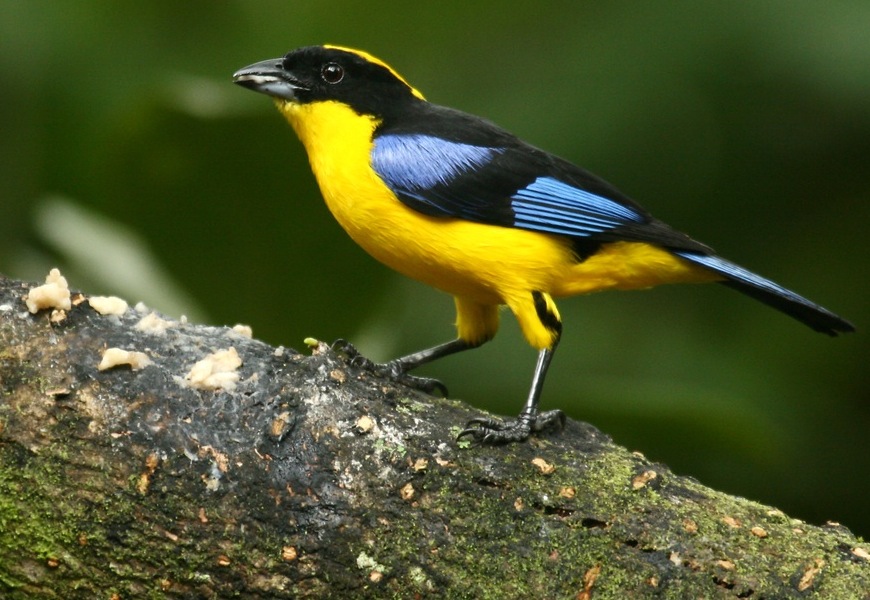
There are a number of steps which you can take to reduce the likelihood of cases of minor eye inflammation of this type, which may also be quite common in softbills. First and foremost, keep the perches clean, either by changing them regularly, perhaps every two months or so, or by scrubbing them off at intervals. This is particularly important during the autumn and winter when the aviary floor is likely to be damp. The birds' feet will be dirtier as a result, and so the perches are more likely to become soiled.
Any sharp, protruding pieces of wire, used to attach the perches in place for example can also represent a danger. Finally, when you do have a bird with an inflamed eye, check its claws. These may often be slightly overgrown, to the extent that they have acquired very pointed tips and have actually nicked the skin when the bird was scratching itself.
Overgrown claws
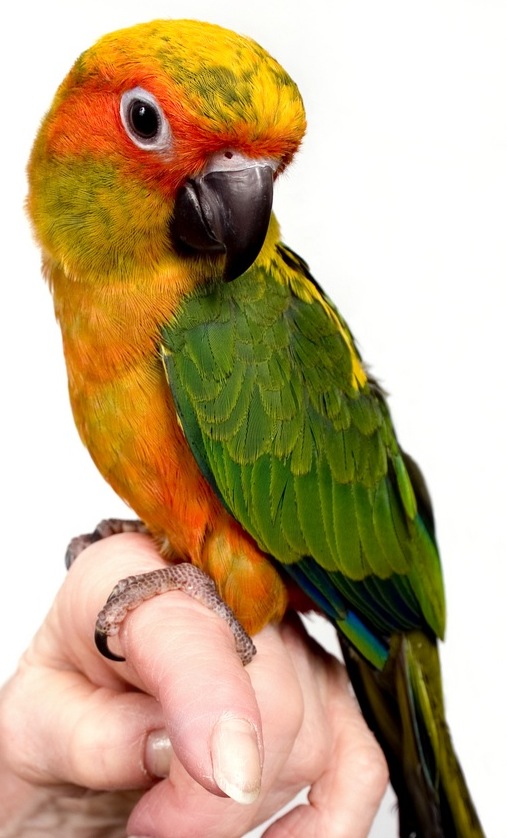
The claws will need to be trimmed back, to prevent any recurrence. A special pair of nail clippers as sold for dogs and other pets will prove to be a safer option than scissors, because the blades will cut cleanly through the nail rather than splitting it, as can occur with scissors.
Only cut the nail in a good light, so there will be no risk of trimming it too short, which will result in bleeding. Be sure to locate the blood supply, which is visible as a thin pink streak running a variable distance down each claw, and cut towards the tip, at a point after its disappearance. If in any doubt, seek veterinary advice.
Drops
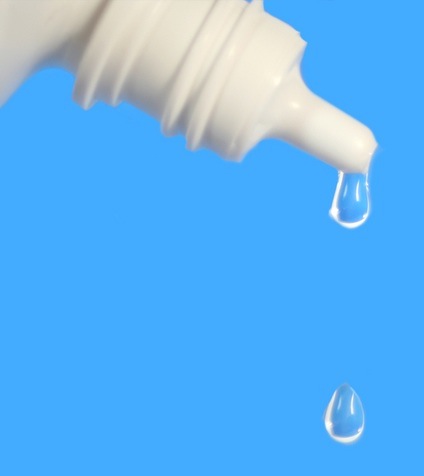
Eye dropsThe treatment of the eyes depends to a great extent on the cause. Clearly, in the case of generalised illness, antibiotics will be advisable, but with a localised infection, a topical treatment will usually be prescribed by your vet. This may be either in the form of drops or ointment.
It is important to restrain the bird properly, particularly when applying drops to the eye, because otherwise, they may simply splash over the surrounding feathering, which will be of no benefit. Hold the budgerigar therefore, with its head between the first and second fingers of your left hand (if you are right-handed), taking care not to press on the sides of the throat, which could be catastrophic.
Then carefully apply the drops directly into the affected eye. Should the bird blink at the critical moment, it is a good idea to repeat the treatment, so you can be sure that the medication has reached its target.
Ointment
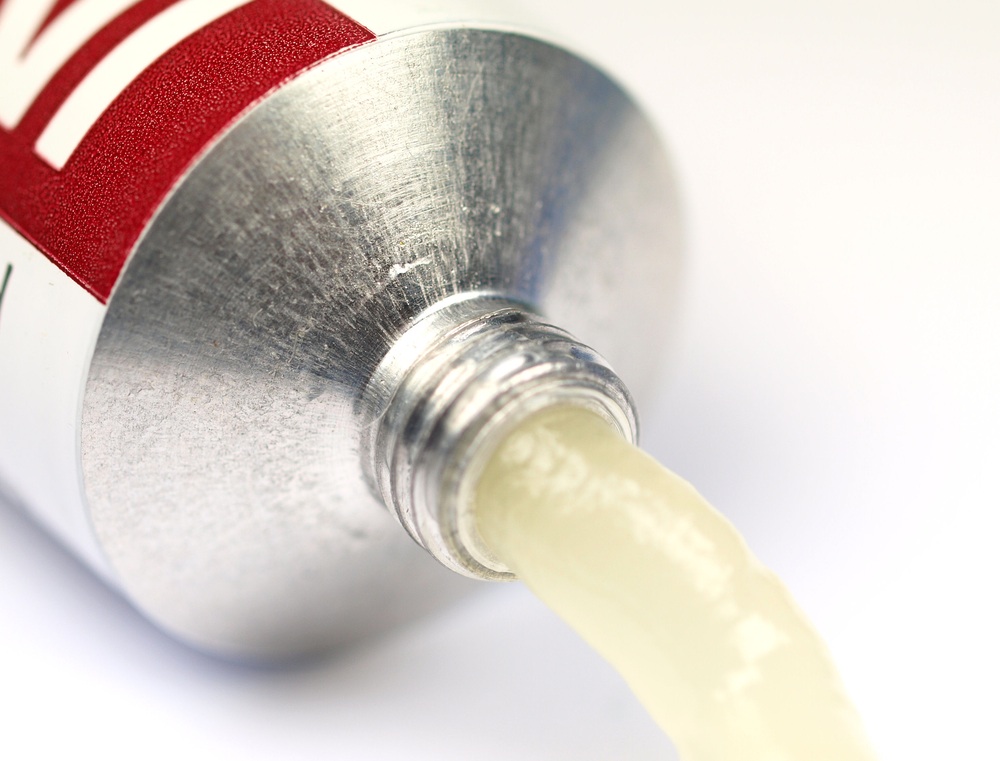
Using ointment can be easier, simply because it is more obvious that it has been applied successfully, but especially with exhibition stock, bear in mind that this is likely to mat the surrounding feathers for a time, unlike drops. Carefully squeeze the ointment out from the base of the tube, so that the streak lies along the length of the bird's eye.
It is also advisable to hold the bird for a few moments afterwards, so that the ointment can dissolve in the tear fluid. Otherwise, the ointment is likely to be wiped straight off on to the perch once the bird is back in its quarters.
Treatment will probably need to be given at least three times a day, to be most effective, simply because the drug is washed out of the eye quite rapidly by the tear fluid. This will then maintain the level of the drug here, and the results can be quite spectacular, with a noticeable improvement often being apparent within a day. But be sure to finish the course of treatment, so as to prevent the risk of any recurrence.
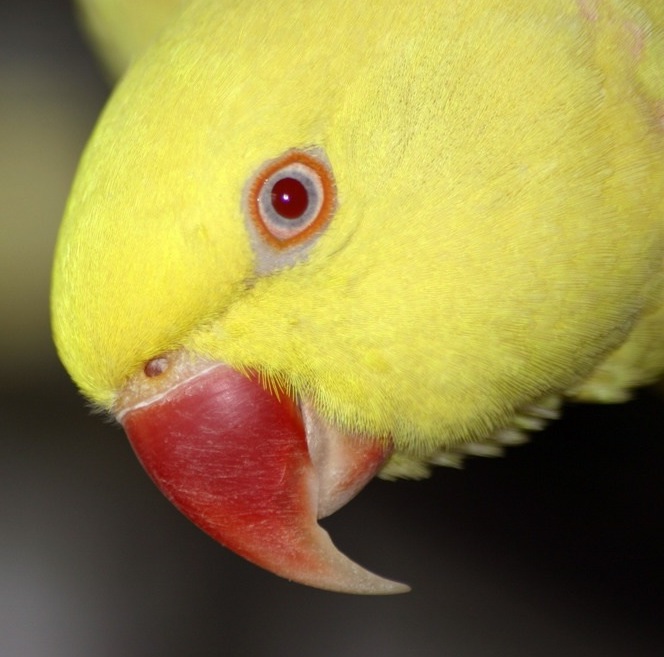
In addition, do not be tempted to keep any left-over medication in case you might have cause to use it again in the future. Aside from the possibility of cross-infection, the actual shelf life of ophthalmic medications is short once they are opened, and they should be disposed of carefully.